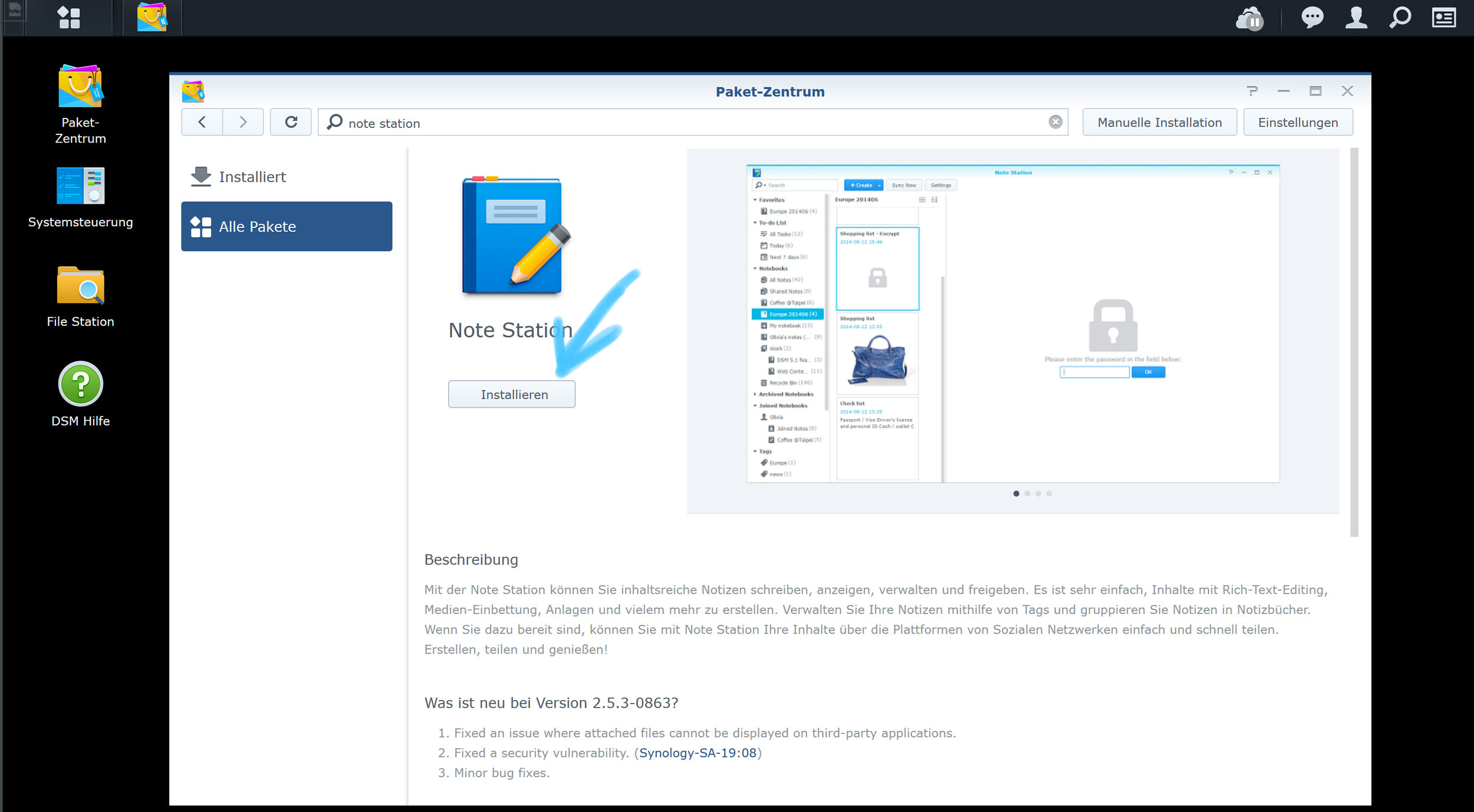

It has almost become an instinct that whenever we saw complexity or repetitiveness in device-level configurations, we moved them to the router level.

DoH at the router level to “have them all” Configuring it typically involves command line tools, and you need to do it on every device you want to protect. Most apps and OS (Windows, macOS, etc.) don’t support DoH natively. On the other hand, it can be difficult to take advantage of DoH right now. This is why we said in the beginning that DoH is disrupting existing implementations – including for home users. If DNS queries are now encrypted before passing through these products, they’ll cease to work, too. “home firewalls”) leverage it as a low false-positive way of identifying compromises. It also makes it unlikely for ISPs to offer (paid) DNS-based parental control and malware protection services, because they can no longer see and intercept DNS queries for adult or malicious sites.ĭNS-based content filtering is so prevalent that almost every parental control device (the thing you installed in your network, alongside your router) uses it, and many home security products (a.k.a. content filtering: a conundrumįirst of all, ISPs in some countries are legally bound to retain subscribers’ browsing history for a given period of time (e.g., 12 months) to facilitate criminal investigations, which will be difficult to achieve when DoH becomes mainstream. So why did ISPs in the UK name Mozilla an “Internet villain”? Privacy vs. Mozilla also partnered will Cloudflare to allow users to protect their activities in Firefox with DoH. It effectively stops outsiders from snooping on or even spoofing your web traffic.Ĭurrently, Google, Cloudflare, and several other public DNS servers have DoH services available. Here’s where DoH comes into play: the technology encrypts all your DNS queries with HTTPS so that only the DNS client (e.g., your browser) and the DoH server of your choice know which sites you’re going to. This technique, called “DNS hijacking,” has already tricked people into handing over their login information for PayPal, Netflix, Gmail, and Uber back in April. Moreover, being able to see your DNS requests means that attackers can also change the response and redirect you to a scam website. Over time, the record becomes a comprehensive view of your web activities and can be used for purposes like advertising.
#SETTING UP DEVONTHINK TO GO WITH SYNOLOGY PLUS#
Since the queries are in plaintext, any DNS servers that are contacted (like your ISP’s) plus any routers on the path to those DNS servers would be able to figure out which sites you’re visiting. However, DNS queries are still sent in plaintext.įor example, if you enter into your browser, it will contact (often multiple) DNS servers, asking for their help until it finds the IP address associated with the domain (e.g., 1.23.456.789). Most popular websites nowadays use HTTPS to encrypt connections and protect sensitive information such as passwords, credit card details, and Internet bank logins. DNS over HTTPS: the future of web privacy Let’s take a look at what benefits DoH brings (especially in light of the recent surge in global DNS hijacking activities), its implications on many things we’ve relied on or even paid for, and what may be the easiest, least disruptive way to have this “privacy-first” technology on your devices. This epitomizes how a new technology is disrupting existing implementations – but not just to ISPs and government agencies. The term “DNS over HTTPS (DoH)” has been hitting the headlines in the past month: Google announced its general availability in June, and in July, Mozilla was nominated for “2019 Internet Villains” by the UK Internet Services Providers’ Association (ISPA) for introducing DoH to Firefox (the nomination was later withdrawn due to a global outcry). What it means for privacy, security, and parental controls, and whether there’s a way to have them all.


 0 kommentar(er)
0 kommentar(er)
